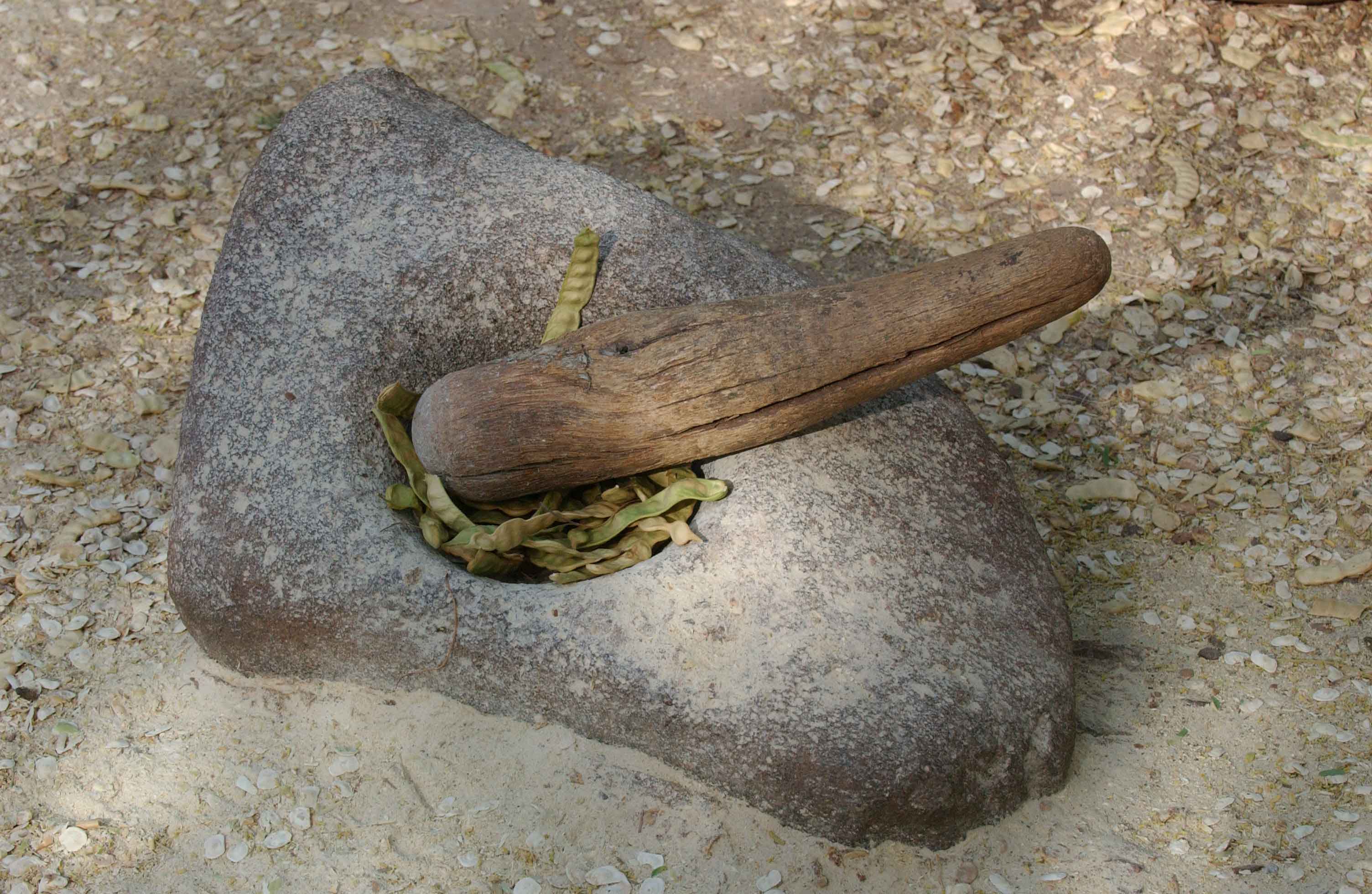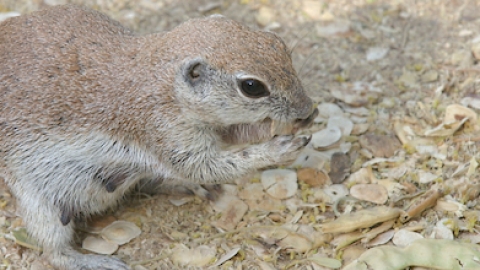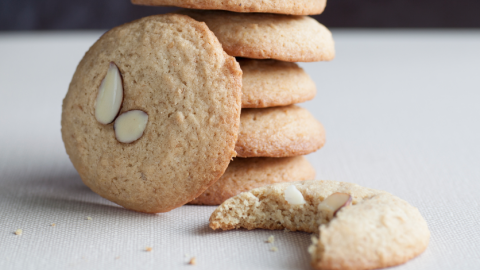Mesquite: It’s Not Just for Barbecue Anymore
Charcoal made from mesquite wood gives grilled meats a unique, rather Western flavor. But the seed pods from this common Arizona tree are a culinary treat as well. For centuries, native desert dwellers have made nutritious flour from the dry mesquite pods. For some groups, such as the Hohokam, it was a very important part of the diet.
With local food activists encouraging us to rediscover the foods that grow all around us, it’s time to experiment with mesquite. Although mesquite flour (also called mesquite meal) is available commercially, it’s a fun and only slightly tricky project to produce it at home.
Mesquite trees frequent desert washes, and are a popular landscape tree as they generally don’t need to be watered. There are three native mesquites with edible pods: velvet mesquite (the most common in our area), the distinctive screwbean mesquite (with its unusual pods) and honey mesquite (found in southeastern Arizona through Texas). The nursery trade has introduced faster-growing species from South America, with pods that are not as sweet and taste chalkier. If you are looking for a tree to plant, choose one of the natives. Native mesquite trees last longer, have better tasting pods and provide better habitat for our native birds.
Mesquite’s many small olive-green leaves provide dappled shade. Throughout summer, the tree’s hundreds of fuzzy yellow catkins (a sprig of flowers) will become thin green pods. Mature pods are tan and brittle, and can easily be pulled off the branch. The taste varies widely from species to species and from tree to tree, so experienced harvesters sample the pods before collecting.
You can expect a full grocery sack of mesquite pods to grind down to about two cups of flour. Dry the pods thoroughly by toasting them briefly in the oven, heating them in a microwave or cooking them in a solar oven. Otherwise the sugar-rich flour will get sticky by absorbing moisture from the air. Then immediately grind the dried pods in a coffee grinder or blender. You might have to break the pods into smaller pieces to get started. If it’s too humid, the process may gum up your blender (and you can resume on another, drier day). The hard seeds and parts of the hull that do not grind should be sifted out of the flour.
Another option is to save the dried pods in a sealed container or in the freezer for a public Mesquite Milling event. At the milling event, a commercial grinder called a hammermill is used to process the pods. Mesquite ground by a hammermill is just as tasty as home-ground, and has the bonus of more protein because it also pulverizes the mesquite seeds.
Mesquite flour has been identified as a good food for diabetics. Full of water-soluble fiber, it has a low glycemic index despite its sweet taste. Traditionally, mesquite flour was mixed with a little water for a refreshing drink called pinole, or baked into cakes. Today, cooks often mix it with wheat flour (as mesquite doesn’t contain gluten) to make hundreds of delicious baked goods. In any recipe, one-quarter of the wheat flour can be replaced with mesquite flour. The caramel-like sweetness of the mesquite can also replace some of the sugar in baked goods and other recipes.
Preserving Mesquite Trees
Some conservationists have expressed concern that the popularity of mesquite charcoal hurts the wildlands where overharvested mesquite trees once provided shelter for rare plants and habitat for wildlife. There are two alternatives available for barbecue cooks who like the flavor: Mesquite flour can be used as a meat rub before grilling, along with spices and other rub ingredients. Or, whole pods soaked for a short time before cooking, can be added to the hot charcoals.







